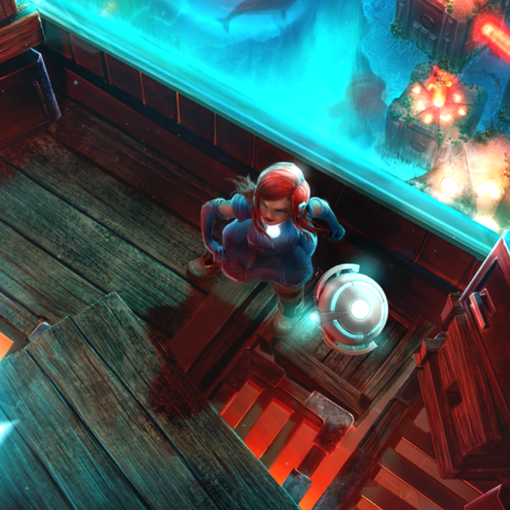In this series we’ll be looking at some principles of game design, particularly as they relate to analysis and criticism. Check out the first part, about genre in gaming, here.
While calls for objectivity in games reviewing have been with the media for quite some time, Gamergate seems to have brought a renewed interest in separating what many see as overly-political or personal responses from a strictly mechanical, “just the facts, ma’am” sort of review. However, doing so ignores the simple fact that game mechanics are always (already!) part of a system (the game and all of its rules, mechanics, narrative elements, etc.). Mechanics only make sense in the context of that system, and thus it doesn’t make sense to try to imagine a purely mechanics-based review. So, let’s talk about mechanics: how do they work?
Miguel Sicart explains (in an open access journal article linked here) that mechanics have been used to refer to just about everything under the sun in terms of game design- challenges, all sorts of rules, player interaction, input/output systems, etc. While some definitions are troublingly broad (Sus Lundgren & Staffan Björk define mechanics as any part of the game system that covers one specific type of interaction- essentially any rule), most focus on the idea that mechanics in games have to do with player/system actions and responses. In short, a mechanic is a special type of rule that governs how the player interacts with the game system (and, conversely, how the game system responds).
So mechanics are rules, but not all rules are mechanics. For example, the rule “monsters spawn at night” would be a triggering effect rule, but it wouldn’t be a mechanic because it doesn’t involve either input or (direct) response from the player. The rule “sneaking makes you more difficult to detect” IS a mechanic, because it gives the player the option to change their progression through the game and creates a situation for the game system to respond to (is the player detected or not?). And this is precisely mechanics can’t be considered outside of the system they operate within—a crucial part of evaluating the effectiveness or value of a particular mechanic involves thinking about the system as a whole.
In the example of sneaking, evaluating the effectiveness of that mechanic would involve looking not only at “does it work properly”, but also looking at how the ability to sneak or not sneak is implemented into the game system as a whole- is it a viable option for progression? Are there other options? Does it make sense in the world the game has created? For example, Dead Space 3 implemented a co-op mode which was technically solid- it had no game-ending bugs or issues. However, within the system of an action horror game, the inclusion of co-op mode made no sense. Horror in games often depends on building tension and suspense, something that is easily broken when other players enter the mix.





One thought on “Let’s Get Mechanical”
Moar. I feel like you left on a cliffhanger.